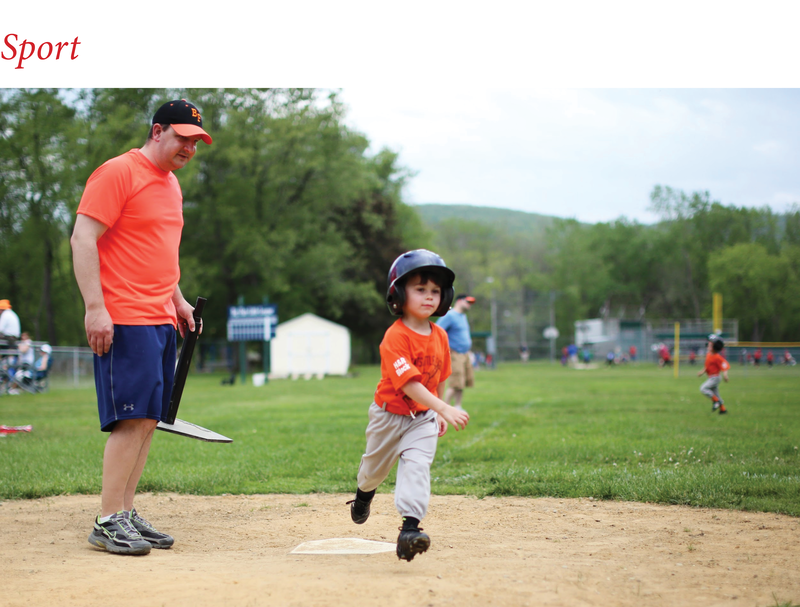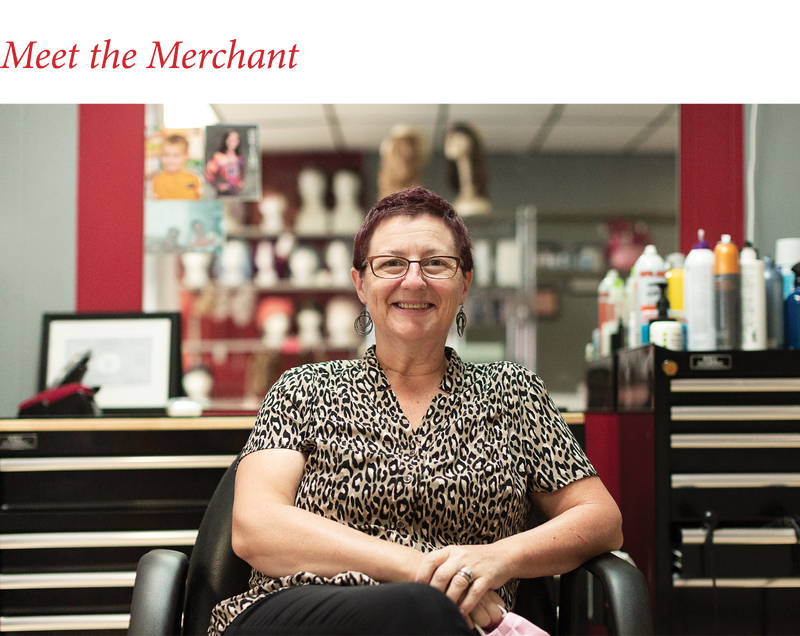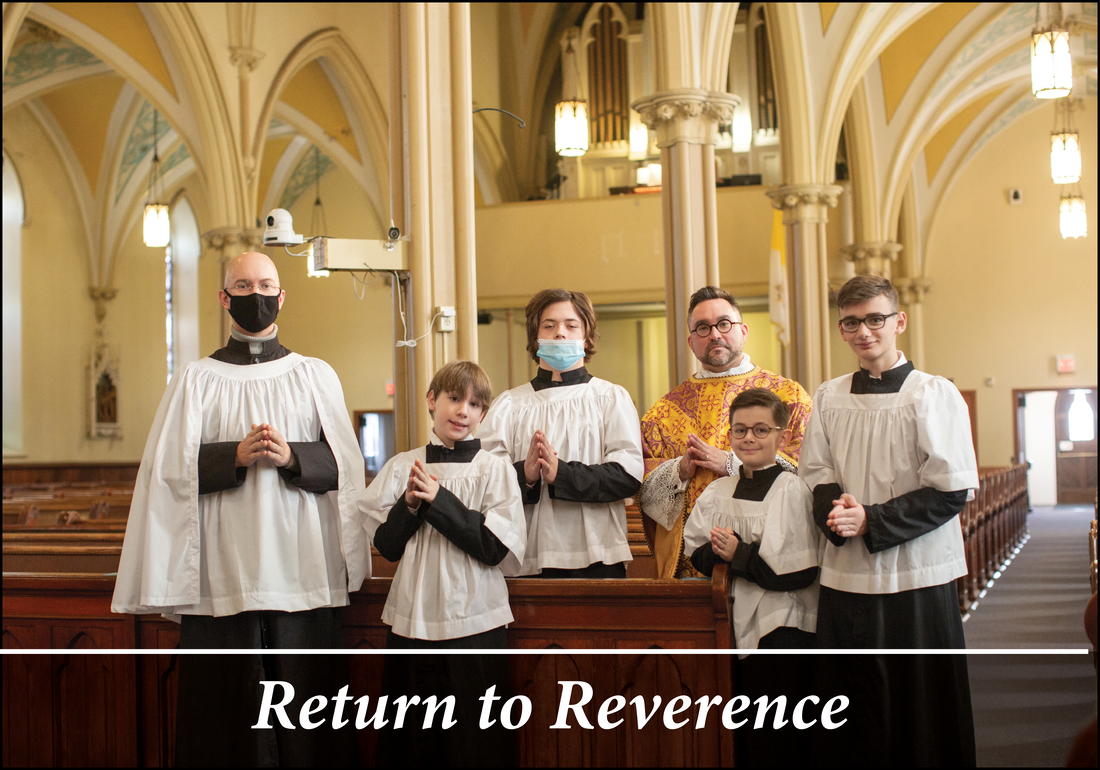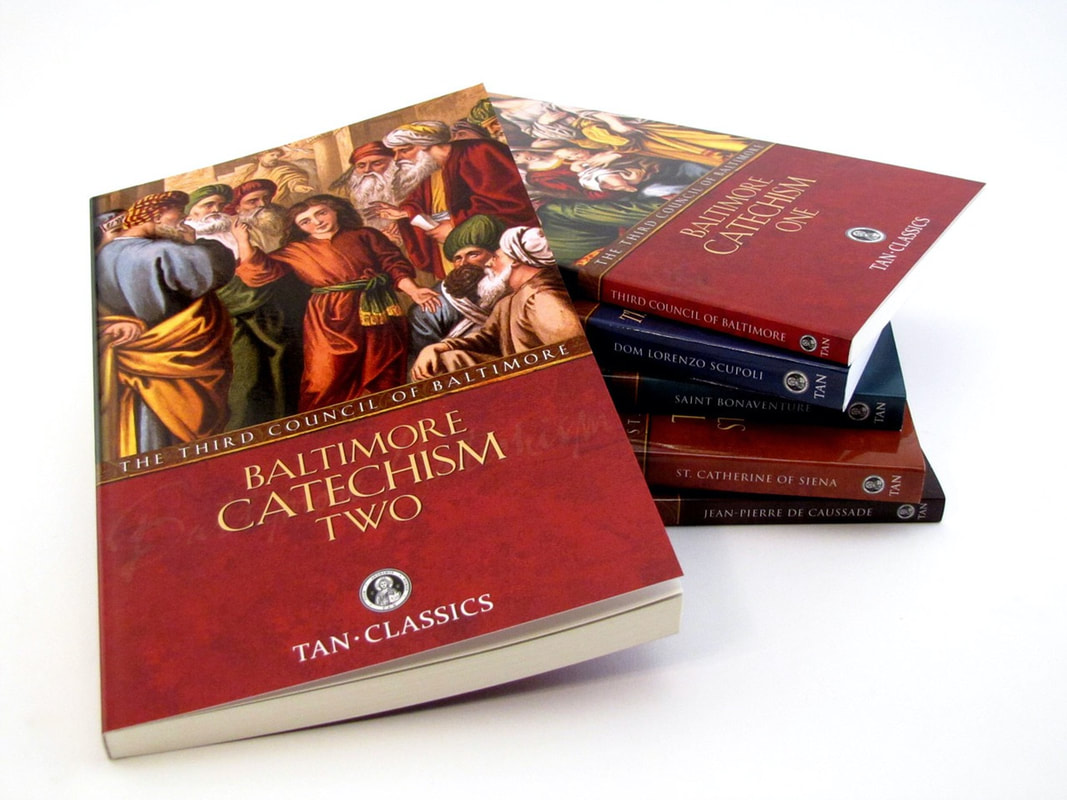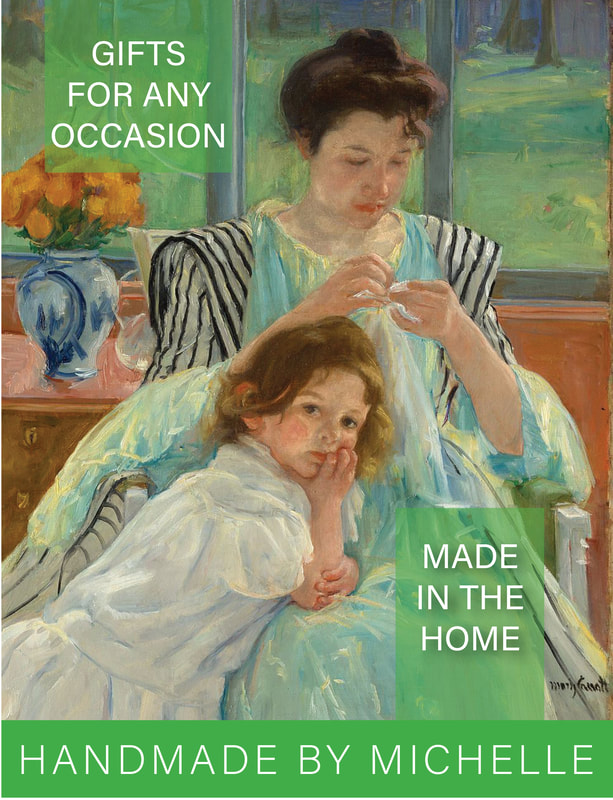|
BY MATTHEW MERITT Volunteer labor from common folk built some the centuries-old cathedrals in Europe and, in a way, something similar is going on in one Chemung Valley spot today. Though dedicated in 1870, building continues at St. Mary’s Church in Corning, where parishioners are drawing on tradition to shape a couple of important ministries – vital ports in the storm for many amid a culture hostile to faith and families.
0 Comments
Leave a Reply. |
Proudly powered by Weebly






